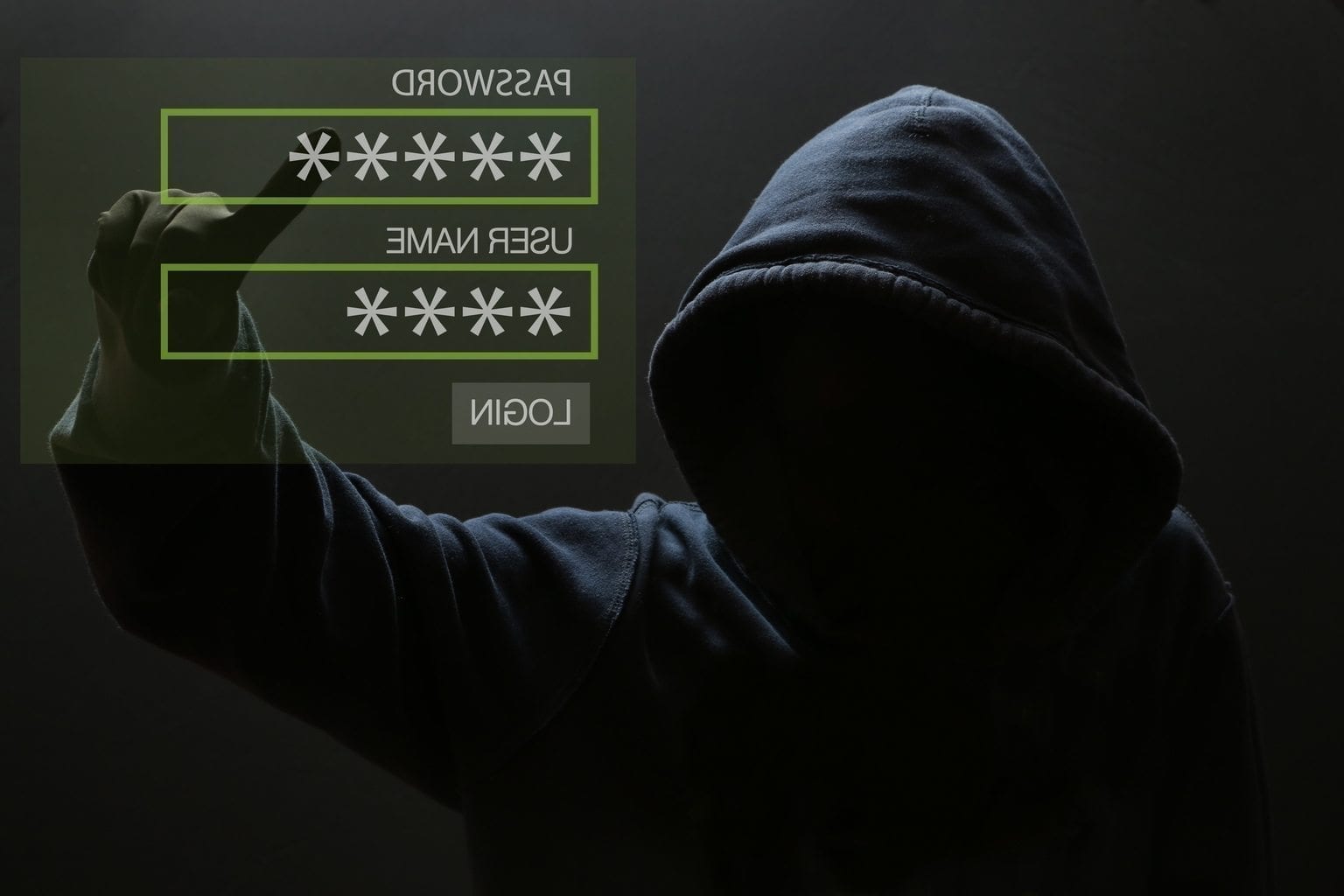All businesses should be vigilant and proactive about security, whether it be their physical premises, staff, emails, files, or websites. No one wants their website to be hacked, for obvious reasons, however not many businesses do anything to protect them. With nearly 5 billion websites worldwide (and nearly 40,000 hacked every single day), this is not a small problem or low risk. It can easily happen if you don’t put certain actions into place to protect your website from being hacked.
It doesn’t matter whether you have a small hobby website or you work for a large multi-national enterprise; any website can be hacked if it isn’t actively being protected.
So how can your website become a victim of hacking? Well, as an Australian web design company with more than 15 years of experience in this area, we know that there are only three ways that your website can be hacked:
- By gaining your website or web hosting login details. This could be due to obvious usernames, insecure passwords, or lack of security features.
- Through software vulnerabilities. This could be due to poorly coded software, or even general technological shortcomings.
- From third party platforms or applications, such as when you use the same password in multiple places, and one of those accounts is hacked. It’s only one or two more steps for hackers to test out your login details on your website and other online services.
Let’s dig a little deeper into these.
Identifying your login details
Hackers send out “bots” (automated scripts) to try and hack into websites by using brute force attacks to hit the right combinations of login details. This is one of the easiest ways to gain entry into your website and since it is all automated, all the hacker has to do is write the search code and upload it to the Internet. They will also try to hack your web hosting login details.
Software vulnerabilities
Many hacking opportunities come via vulnerabilities in software, allowing attackers to gather information about members, customers, transactions etc. In truth, we have no control over these issues, nor would any other developer anywhere else in the world. These hacking episodes usually take place by exploiting weaknesses in the software’s security and are the responsibility of the software developers to manage. Some attacks can arrive via SQL injections or remote code executions, and if you want to protect your website from these type of attacks, it is best to talk to a local web design company here in Australia, as the solutions require specialist knowledge.
It’s also important to keep your website software up to date, which helps plug any security holes over time. When hackers become aware of previous security issues with certain software, they’ll actively target websites which are still running the old version, making it easy for them to know how to gain access.
Third party platforms or applications
These are a growing problem and many of these attacks come via ad networks, online storage facilities, video hosting platforms and web hosting providers. The solution depends on the cause, but the third party provider has to secure their own sites, as this type of security is outside the capabilities of a website owner.
For the reasons outlined above, we take extra precautions when hosting and developing websites, but without an ongoing security and management plan in place, your site could still be vulnerable.
For help securing your website from hacking, contact us on 07 3333 2932 or get an instant quote online today.

